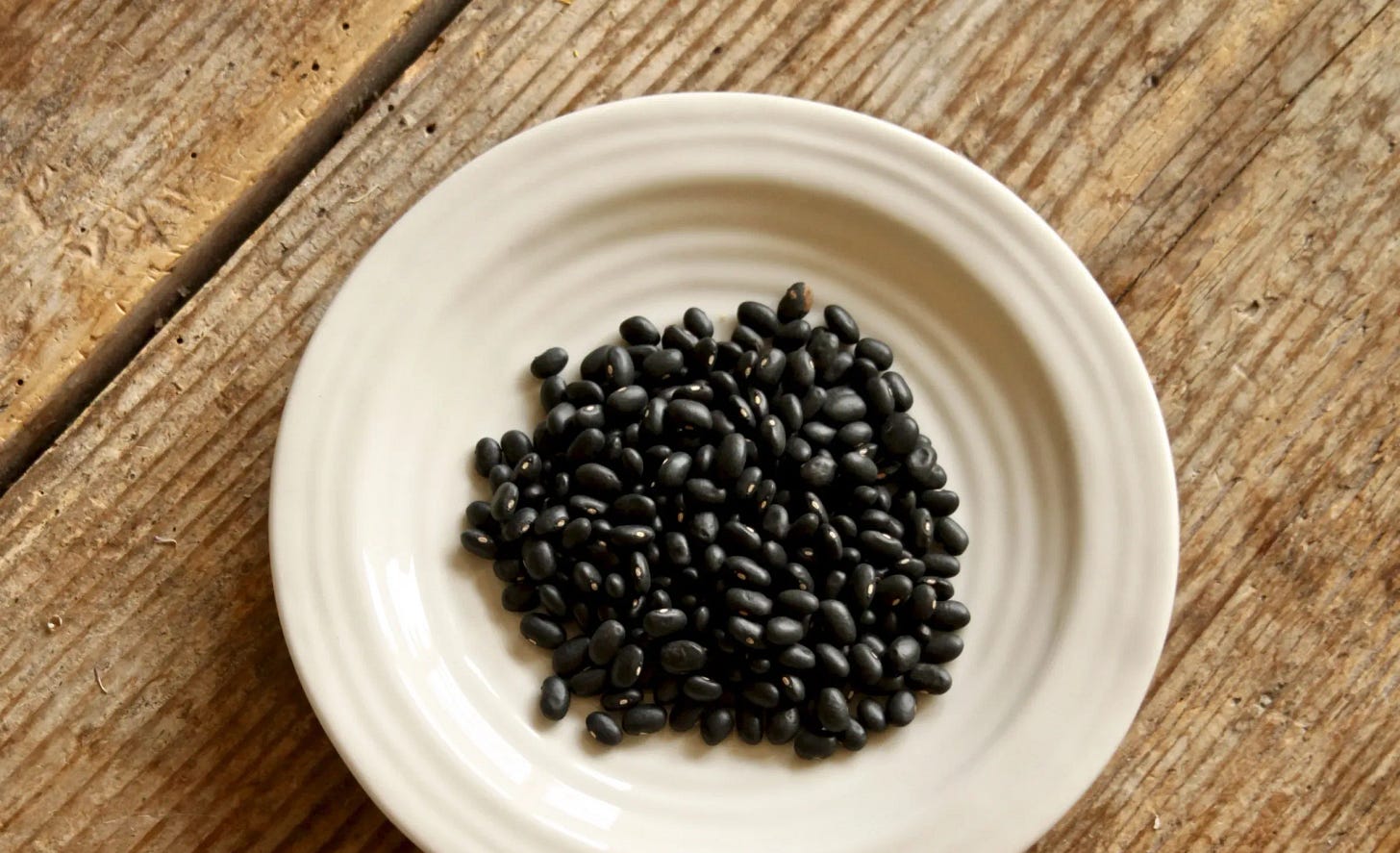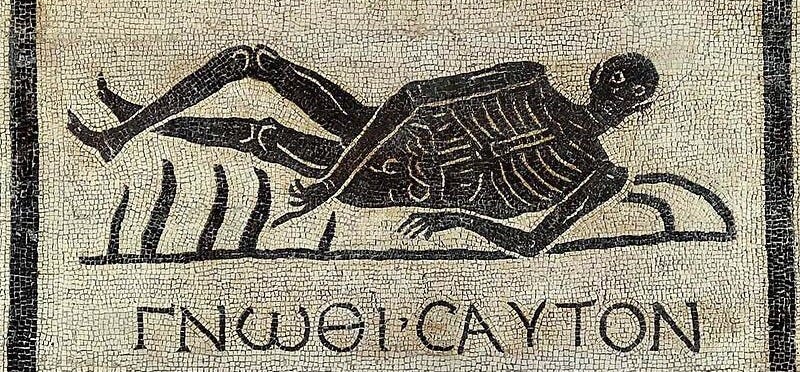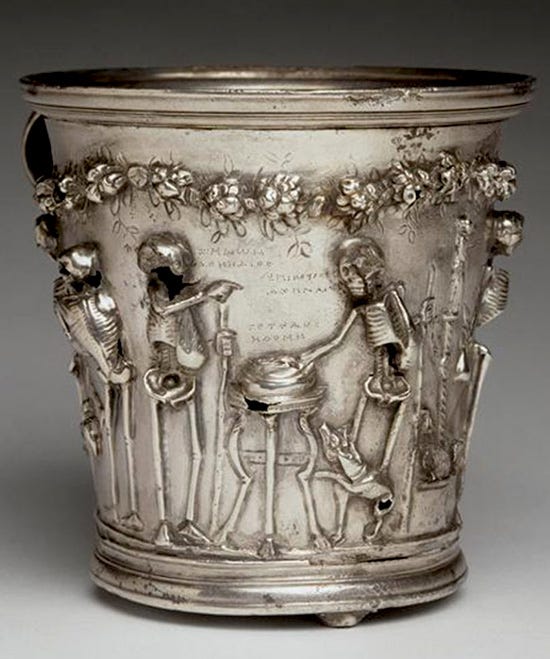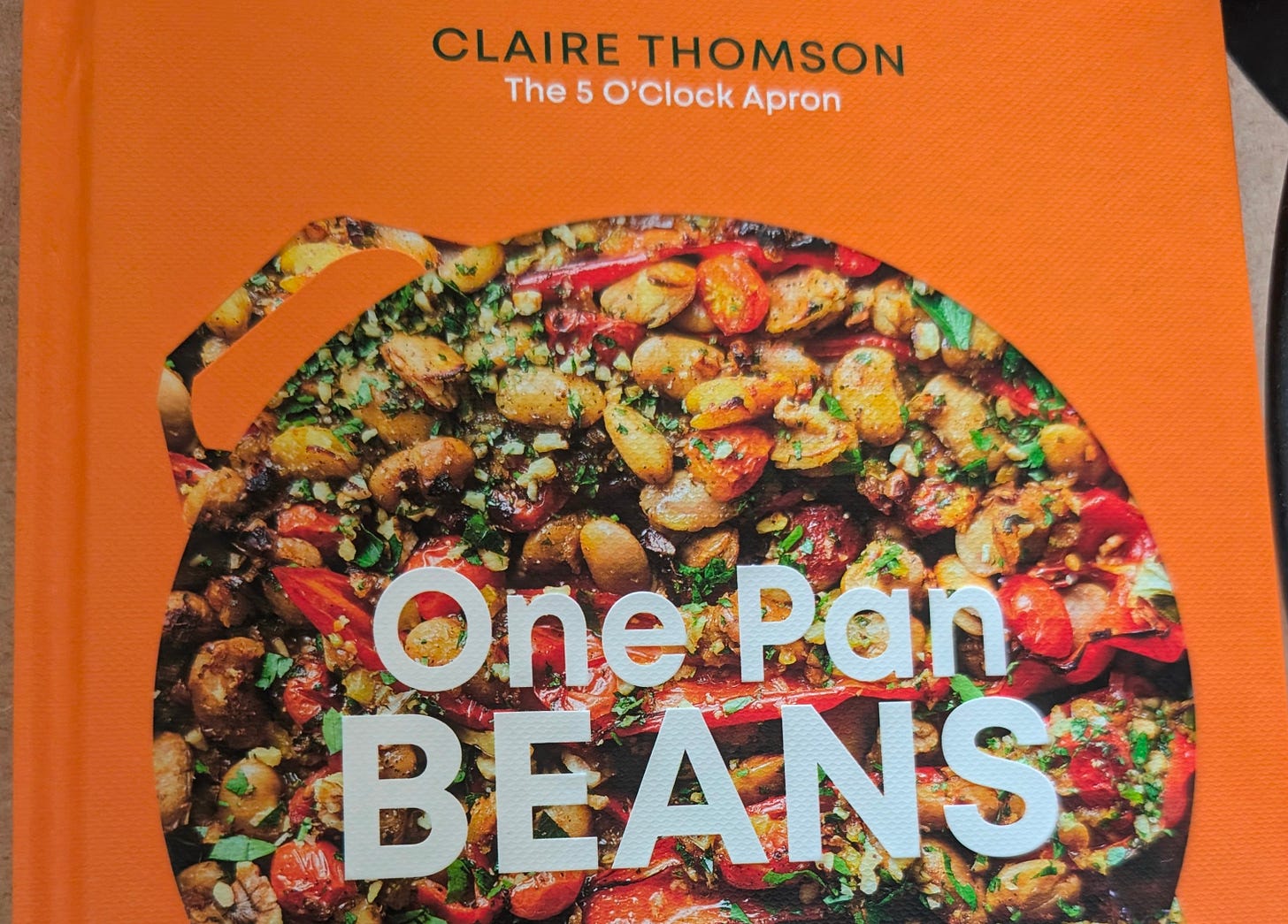Rome's Ghost Problem? They Had a Bean for That.
Forget the plastic fangs and dollar-store witches; ancient Rome had its own spooky soiree: Lemuralia. Celebrated on May 9th, 11th, and 13th, this was essentially a prehistoric Halloween, albeit with a distinctly Roman twist – and, naturally, an unhealthy obsession with beans.
During this spectral shindig, the paterfamilias, that all-important head of the household, took on the role of ghostbuster. Nine times, he would offer black beans to the restless spirits, the Umbrae, believing these legumes acted as a sort of bait. But this wasn't a welcoming committee. Oh no. Once the dearly departed arrived for their bean buffet, our resourceful Roman would unleash a series of incantations designed to keep those spectral gatecrashers firmly outside the city walls. Talk about a party foul.
The Roman understanding of the afterlife was neatly divided: the Lemures were the disgruntled dead, the damned souls causing trouble, while the Manes were the pacified ancestors, practically elevated to divine status. It was the paterfamilias's duty, as the domestic cult leader, to perform this midnight ritual, often barefoot and perhaps with a few nervous family members in tow.
The procedure was… well, theatrical. First, a cleansing wash of the hands in spring water. Then came the crucial ghost-warding gesture: tucking the thumb between the fingers. A mouthful of black beans followed, dramatically spat out or flung over the shoulder for those unseen, hungry lemures. Nine times the chant echoed through the house: "Haec ego mitto; his redimo meque meosque fabis" – "I send these; with these beans I redeem me and mine." The grand finale? The rest of the household would clang bronze pots while chanting, with perhaps a touch of desperation, "Manes exite paterni!" – "Ghosts of my fathers and ancestors, be gone!"
Nine beans, nine offerings, nine chances to banish those pesky spirits beyond the city limits, ensuring the living could sleep soundly. Once the ritual worked its magic and the dead were finally appeased, they earned a promotion, becoming the revered Manes. These well-behaved ancestors were then rewarded with fruit, sweets, and focaccia – a delicious upgrade from humble beans, and a sign they were now on the family's side, ready to offer protection.
Unsurprisingly, during Lemuralia, the usual hustle and bustle of Roman life took a ghostly pause. Temples were shuttered, and the prospect of a happy union was apparently deemed too cheerful, as no marriages were permitted. Talk about a mood killer.
Fast forward to 609 AD, and Pope Boniface IV, perhaps finding the bean-flinging a tad uncivilised, decided to give the spectral calendar a spring clean. He replaced Lemuralia with All Saints Day, initially celebrated on May 13th. However, by 732 AD, Pope Gregory III decided November 1st offered a more suitable autumnal backdrop for honouring the saints. So much for that ancient ghost-blocking protocol!
Interestingly, while Lemuralia focused on warding off the dead, Romans also believed in celebrating life as a way to, quite literally, eat away at the fear of mortality. This concept finds opulent expression in the Boscoreale Treasure, a collection of 109 exquisite gold and silver pieces unearthed from a Roman villa near Pompeii and now residing in the Louvre. This wasn't your average Tupperware party. This was a lavish table service, complete with implements for pouring spiced and honeyed wine (often cut with seawater, because, well, Rome), trays, salt cellars, sauce containers, and even mirrors for admiring one's feasting prowess.
Of particular note are the drinking cups adorned with vegetal and mythological motifs, and the display cups featuring portraits and intricate friezes. But the real showstopper? The Coppa degli scheletri – the "grail of the skeletons." This single-handed, gilded silver cup, weighing in at around half a kilogram, is decorated with skeletons of philosophers, mid-debate on the fleeting nature of life. Inscriptions accompany these skeletal sages, urging the living to seize the day because tomorrow is never a guarantee. "Pleasure is the supreme good," declare the bony figures of Zeno and Epicurus. A rather morbid, yet undeniably chic, way to say "carpe diem."
This fascination with the intersection of life and death continues in modern Italy.
In Amatrice (Lazio), All Saints Day sees the baking of small pizza dough baguettes with thickened ends, to look like bones. Meanwhile, in Sicily, they craft biscuits Ossa dei morti – "bones of the dead" – aromatic biscuits glazed with a stark white icing, eerily mimicking the colour and sheen of bone. These aren't your average cookies. They're a type of mostaccioli (Roman Jewish biscuits), their dough enriched with sugar, flour, and fragrant spices like cinnamon and cloves.
The preparation is a unique process: a water-based syrup, infused with the spices, is brought to a boil before the flour is added. The resulting dough is then shaped into "snakes," cut into cylindrical "gnocchi," and left to rest for three whole days before baking. Finally, a brush of water on the underside just before baking works a little pastry alchemy, transforming the surface into those signature "white bones." Chemistry, not magic, darling!
"Bones of the Dead" Biscuits
Ingredients:
200g plain flour
200g granulated sugar
50ml water
A dash of ground cloves (or a small handful of whole cloves)
A sprinkle of ground cinnamon
A tiny pinch of salt
Method:
In a saucepan, mix the water, sugar, and the chosen cloves (ground or whole) along with the cinnamon. Heat this until it just starts to bubble, then take it off the stove.
Tip all the flour into the warm syrup at once. Stir quickly and thoroughly until everything is combined and you have a smooth mixture without any lumps.
Let the dough sit for a little while to cool down slightly.
Once it's cool enough to handle, transfer the dough to a clean work surface. Roll it out into sausage shapes, about 2cm thick. Then, cut these into shorter, cylindrical pieces, around 3-4cm long – they should look a bit like small dumplings.
To give them that "bone" look, make some marks on each biscuit. You can use a knife to make shallow cuts or press down with the tines of a fork. This will create a pattern that resembles skeletal fingers.
Get your baking trays ready by lining them with parchment paper. Place another sheet of parchment paper on top. This extra layer helps keep any dust away while the biscuits rest.
Arrange the shaped biscuits on the prepared trays. Lightly brush the bottom of each one with a little water.
Bake in a preheated oven at 180°C for about 15 minutes, or until they've changed in appearance and developed pale, bone-like markings on the surface. It's all down to the science of baking!
Let the biscuits cool completely on the trays before you enjoy them.
And speaking of culinary traditions, to properly mark this ancient bean-centric festival, I'll be whipping up a batch of "White Bean and Anchovy Stuffed Peppers" from Claire Thomson's brilliant "ONE PAN BEANS." Because when it comes to the humble legume, she's said it all, and her recipes are nothing short of bulletproof – exactly the kind of reliable deliciousness one needs when contemplating the ephemeral nature of existence.
So, raise a glass (perhaps filled with spiced wine, if you're feeling historically accurate), and enjoy your own, perhaps less bean-intensive, celebration of Lemuralia. After all, even in the face of spectral visitors, a little bit of culinary indulgence never hurt anyone.









I never knew that about black beans. Ghost busting with beans... now there is a film idea!
Actually, a lemures party (up at midnight, throwing black beans, eating focaccia, telling your difficult ancestors to stay out of your house ‘great uncle John, stay away from my household ‘) sounds really good fun